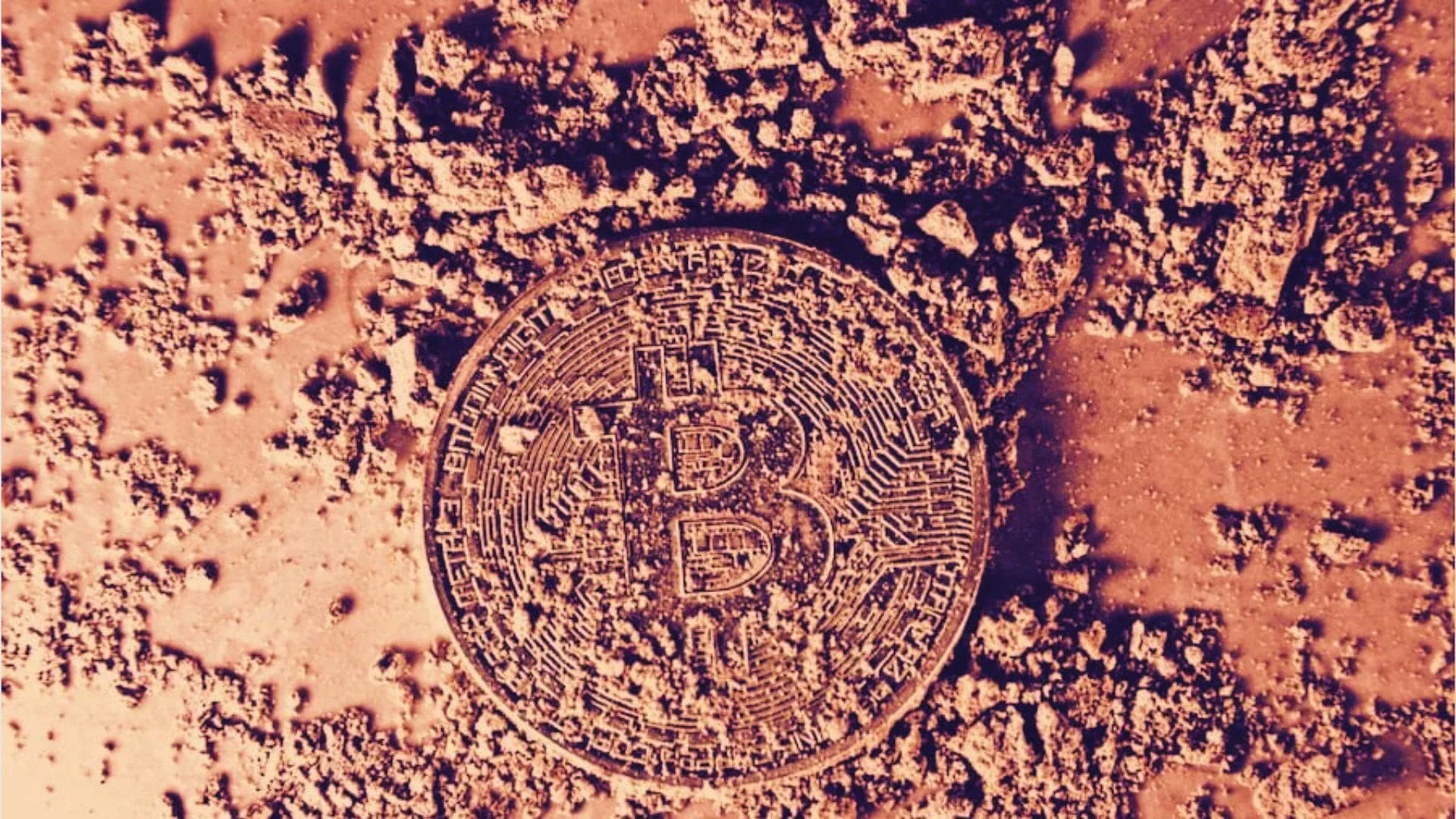What Is a Dusting Attack and How to Avoid It
As cryptocurrency becomes more mainstream, the rise of new forms of cyberattacks also grows. One such threat is the dusting attack. This article explores what a dusting attack is, how it works, its implications for cryptocurrency users, and most importantly, how to avoid falling victim to one.

Posted on 30 Sep 2024
What Is a Dusting Attack?
A dusting attack is a relatively new type of cyberattack in the world of cryptocurrencies. It involves sending a tiny amount of cryptocurrency, often referred to as "dust," to a large number of wallets. These small transactions are usually so small that they go unnoticed by the wallet owners.
The goal of the dusting attack is not to steal the funds but to track the transaction patterns of users in order to deanonymize them. Once the attackers trace these transactions, they could use the obtained data to launch phishing attacks, blackmail, or other malicious actions.
How Does a Dusting Attack Work?
- Attackers send "dust" (tiny amounts of cryptocurrency) to many wallet addresses.
- After sending the dust, they track how the dust interacts with other transactions in the wallet.
- By analyzing how this dust moves, attackers can try to link wallet addresses with real-world identities, typically using transaction analysis tools.
Recent Trends and Updates on Dusting Attacks
In recent years, dusting attacks have evolved, particularly as new privacy-focused cryptocurrencies and wallets emerge. Some attackers have begun targeting non-cryptocurrency blockchain users, such as those involved with decentralized finance (DeFi) platforms and non-fungible tokens (NFTs).
Notable Update (2024): With advancements in blockchain analysis techniques, dusting attacks have become more sophisticated. Attackers are now using a combination of social engineering and dusting to conduct multi-level tracking, making it harder for users to detect the attack. Modern cryptocurrency wallets, however, are continuously updating to include enhanced privacy features that help mitigate these risks.
How to Avoid Dusting Attacks
While dusting attacks can be challenging to detect due to the minuscule amounts of cryptocurrency involved, there are steps users can take to protect themselves:
1. Use Privacy-Focused Wallets
Some wallets now offer features like CoinJoin and Tor integration to help prevent the tracing of transactions. Wallets that prioritize user privacy can greatly reduce the risk of a successful dusting attack.
2. Avoid Mixing Dust with Other Funds
If you notice a dusting transaction in your wallet, refrain from combining the dust with your other cryptocurrency funds. Combining them might allow attackers to trace your transaction patterns more easily. Instead, move your actual funds to a new wallet if needed.
3. Monitor Small Transactions
Keep an eye on small or suspicious transactions in your wallet. Many wallets now notify users of dusting attempts or automatically hide small transactions. Enable notifications and monitoring tools to stay updated on all activity within your wallet.
4. Update Your Wallet Regularly
As wallet developers roll out new security patches and privacy features, it’s important to keep your wallet software up to date. Some wallets have specific updates designed to combat dusting attacks and enhance transaction privacy.
5. Use Blockchain Analysis Tools
For more advanced users, there are blockchain analysis tools that can help track and identify potential dusting attacks. While these tools are usually designed for law enforcement and large institutions, some versions are available for public use.
Conclusion
As cryptocurrency adoption increases, so too does the risk of cyberattacks like dusting. By staying informed about the latest updates in blockchain privacy, using the right tools, and employing cautious transaction habits, users can protect themselves from the risks of dusting attacks. Remember, staying vigilant and proactive is the best defense against this growing threat.





